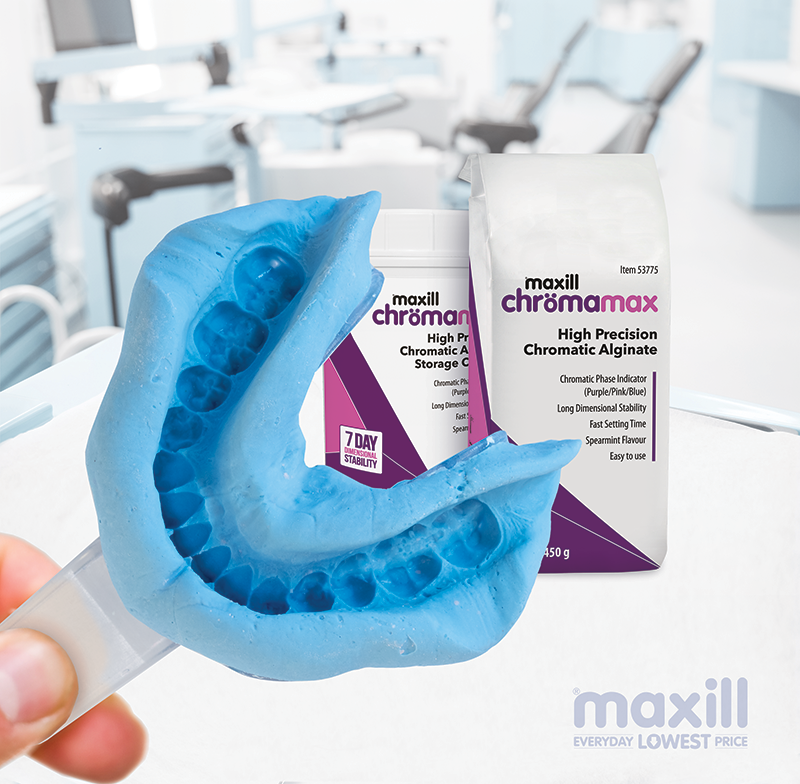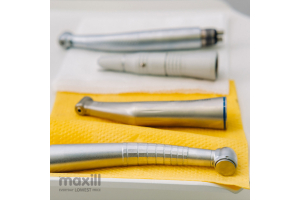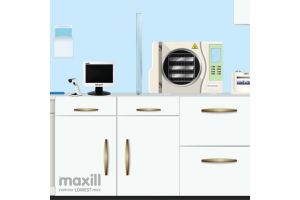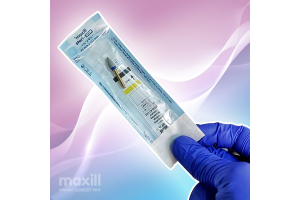What Is Alginate and How Is It Used?

Alginate is an impression material that is commonly used in dentistry. Alginate impression material is used to create an accurate negative model of the teeth and gums. Alginate impressions are typically taken of the maxillary and mandibular teeth.
Alginate is a natural polysaccharide derived from brown algae that is commonly used in dentistry for creating dental impressions. It is also used to make dental prosthetics, such as dentures and crowns. Alginate impression can be used for the fabrication of a primary cast in prosthodontics, study models in orthodontic, and duplication of casts.
Alginate is typically used in the form of a hydrogel in biomedicine, including wound healing, drug delivery and tissue engineering applications. Hydrogels are three-dimensionally cross-linked networks composed of hydrophilic polymers with high water content.
Alginate impression materials are termed “irreversible impression materials” because they will not reverse to the sol state once they react and become a gel. They have advantages and disadvantages similar to those of reversible hydrocolloid materials because both types of materials are predominantly water. Alginate materials are not as accurate as reversible hydrocolloid materials, but they are much easier to use.
It is important to choose the right alginate impression material for your needs.
There are two different types of which are,
- fast setting (hardening time of 1–2 min)
- normal setting (setting time between 2–5 min).
There is also another version of alginate called “chromatic alginate”, which has a colour changing phase indicator. This makes it much easier to get precise results, when you know for sure the hardening process is complete.
Alginate is available in both powder and liquid form. The powder form is mixed with water to create a putty-like material that can be easily moulded into the shape of the teeth. The liquid form is used to create a thin film that can be placed over the teeth.
What Is Alginate Composed Of?
Alginate materials are often supplied as powders that are mixed with water. The powder usually contains (roughly) potassium or sodium alginate (15%), calcium sulphate dehydrate (16%), zinc oxide (4%), potassium titanium fluoride (3%), diatomaceous earth (60%), trisodium phosphate (2%), colouring agents and flavouring agents.
It is a carbohydrate polymer that dissolves in water, forming a sol. Carboxylate groups (–COOH) react with calcium ions and cross-link the material to form a gel. The reaction is similar to that of polycarboxylate and glass ionomer cements.
In following proper infection prevention and control measures, an alginate impression must be disinfected prior to its laboratory process. Using 12.5% Sodium hypochlorite is an efficient disinfection method for alginate impressions. However, most dental offices do not carry pre-diluted sodium hypochlorite mixtures and will commonly and more effectively use a hard surface disinfectant like these. The label of the hard surface disinfectant should be consulted to ensure proper contact times and allocated indications for use.
On a health and safety note, some patients might ask, “what happens if you swallow dental alginate?” On ingestion, no known significant effects or critical hazards exist. All manufacturers of alginate material supply an SDS to ensure proper client and clinician safety.
ADVANTAGES OF ALGINATE
- Easy to manipulate
- Comfortable for patient
- Economical
- Viscosity and setting time can be altered.
- Hydrophilic nature allows small presence of water on the tissues without causing major inaccuracies in the impression.
DISADVANTAGES OF ALGINATE
- Less accurate reproduction of details as compared with elastomeric impression materials (surface details and accuracies are poor)
- Poor dimensional stability, and the retention of alginate to non-perforated trays is inadequate.
- They are messy to work with
- Distortion begins immediately after removal from the mouth.
Conclusion
Alginate is a vital dental material derived from brown algae, serving a pivotal role in capturing accurate impressions of teeth and gums. It finds application in prosthodontics, orthodontics, and biomedicine due to its hydrogel properties. While alginate offers ease of use, cost-effectiveness, and adaptability in setting times, it falls short in precision compared to elastomeric impression materials. Its poor dimensional stability and susceptibility to distortion upon removal from the mouth are notable drawbacks. Overall, alginate remains an essential tool in dentistry, balancing convenience with some limitations in accuracy and stability.
If you’re looking to purchase alginate material, maxill® is a reliable and cost-effective dental supplier. maxill provides all the materials and information you need to keep your practice growing.
For more information about impression materials, check out our other blog, Impression Taking Tips.







